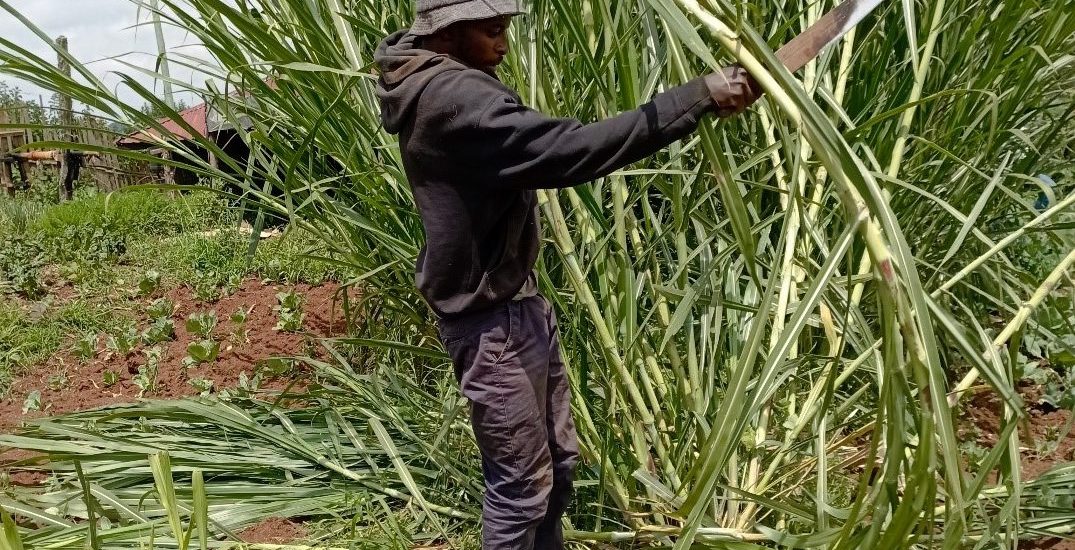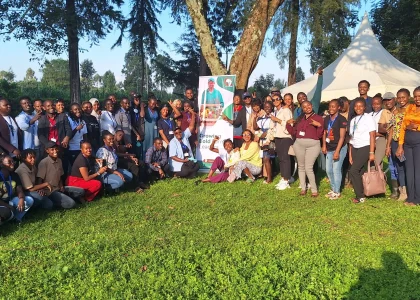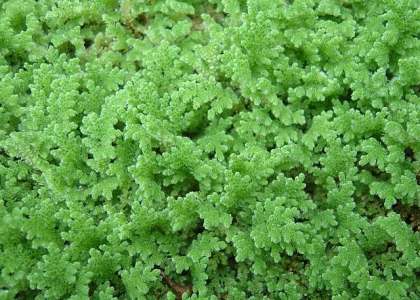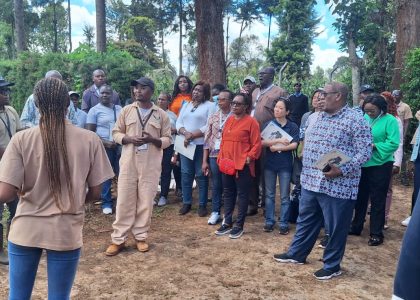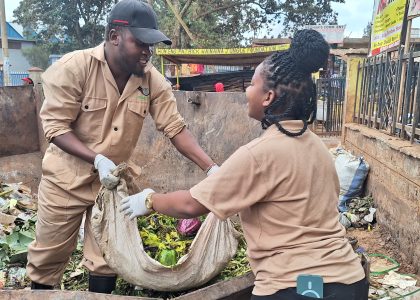Super Napier is now a popular fodder in Kenya. This variety is a successful cross of millet and the typical Bana grass. Although a few farmers have embraced the new feed into their livestock systems, many still lack information and a justification for replacing the “older” varieties such as Kakamega I and II, Bana, and French Cameroon with an average crude protein of 9% if harvested at the flowering stage. Whereas many dairy farmers aim to increase production by alternating low-quality feeds with high-quality fodder, here’s why Super Napier is the fastest and most reliable solution.
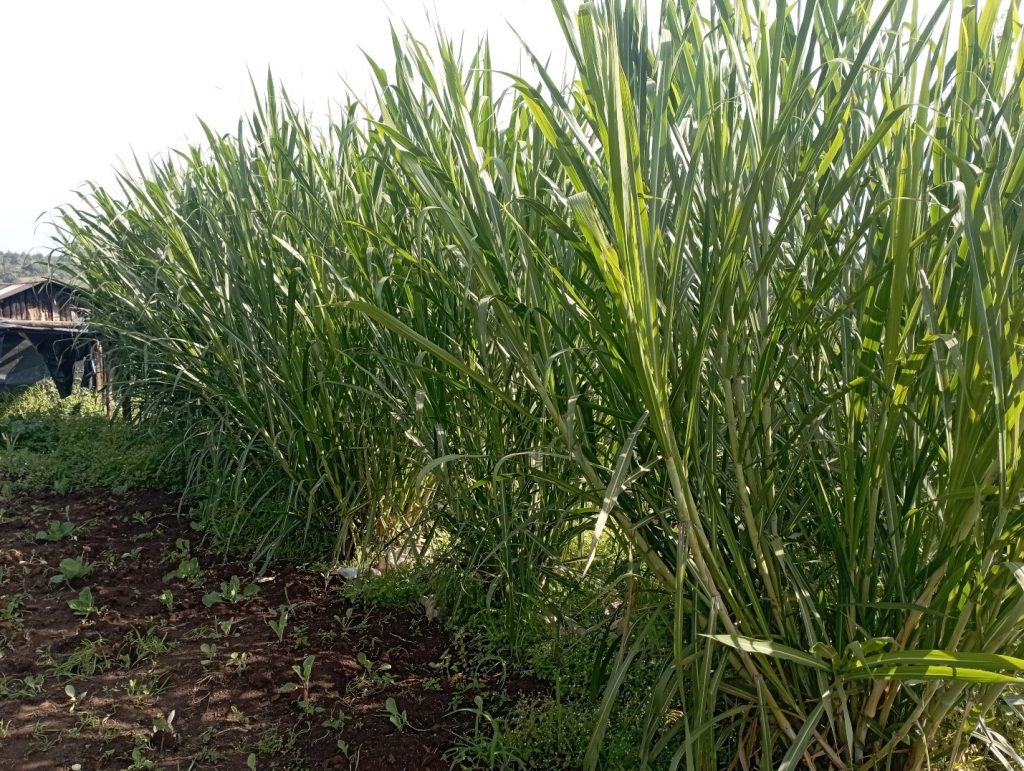
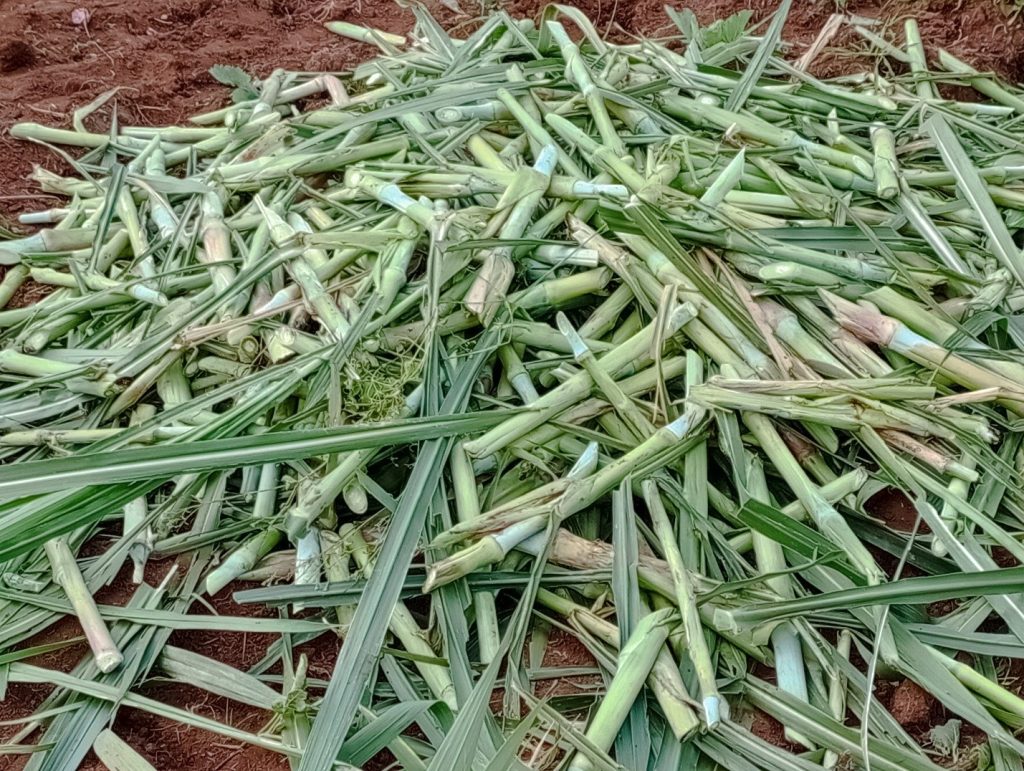
Benefits of Super Napier
- Super Napier has a crude protein (CP) content of up to 18%. As such, it stands out as grass fodder with the highest protein content.
- Compared to other Napier grass varieties, farmers can make silage using Super Napier as it contains soluble sugars, aiding in fermentation (anaerobic respiration).
- Super Napier is ready for harvesting after 1.5 to 2 months. At this flowering stage, the fodder has the optimum CP of 18% and energy levels of approximately 23 MJ/Kg.
- Farmers can harvest 200 tonnes per acre annually and regularly or comfortably feed the fodder to about 10 to 15 cows.
- Super Napier has stronger stems than other fodder varieties. Hence, farmers can easily propagate the fodder using stem cuttings rather than splits without disrupting the growth of the parent grass.
- Ever wondered why farmers partition their lands using napier grass? The answer to this question lies in ILRI’s research in 2012-2013, where the institution declared Napier grass as a suitable biological agent for controlling the high incidence and prevalence of maize head smut. As such, the fodder fulfills the mixed farming and disease control farmers for large and small-scale farmers in the country.
How to Establish Super Napier – The Tumbukiza Method
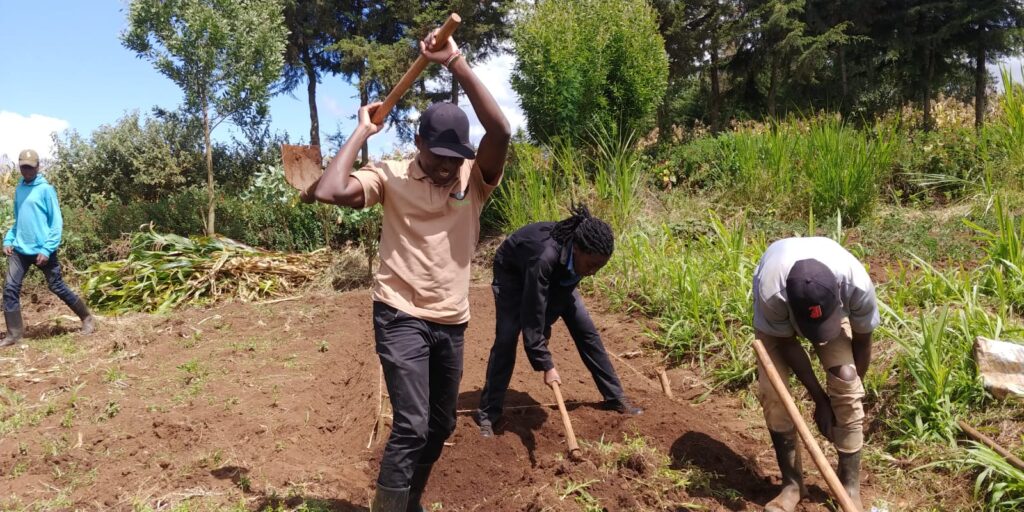
Land Preparation
- Land tillage.
- Harrowing and leveling.
- Make rectangular or round pits 2 feet deep and 2-3 feet apart.
- Mix a debe of farmyard manure with the top soil and put it in the pits.
- Add a bucket of water and mix thoroughly.
- Tumbukiza the cutting/cane in the hole in an inclined position.
- Ensure at least one node of the cutting is below the soil and manure mixture (for rooting), and one node is above the ground (for shooting).
- Keep your records. Harvest the first produce after 75-90 days.
Managing Super Napier
Managing Super Napier is pretty straightforward. Dairy farmers can manage Super Napier through weeding, watering, and adding organic fertilizers such as green, compost, and farmyard manure. Other farmers establishing Super Napier for commercial purposes can outsource manure or add inorganic and straight fertilizers.
Harvesting Super Napier
Farmers should harvest Super Napier at the flowering stage. The process entails cutting the grass at 3 feet or 90 centimeters tall. Leaving a stem of 1 centimeter increases the regrowth rate.
Farmers should wilt Super Napier under the direct sun and store the fodder under a dry, cool, and shaded environment to suppress bloating, nutrient loss, and toxin development. Farmers with surplus production can also make silage.
For more information concerning Super Napier establishment, access to quality cuttings, and hay and silage making, contact WingFarm via Instagram, Facebook, Twitter, LinkedIn, and YouTube.


